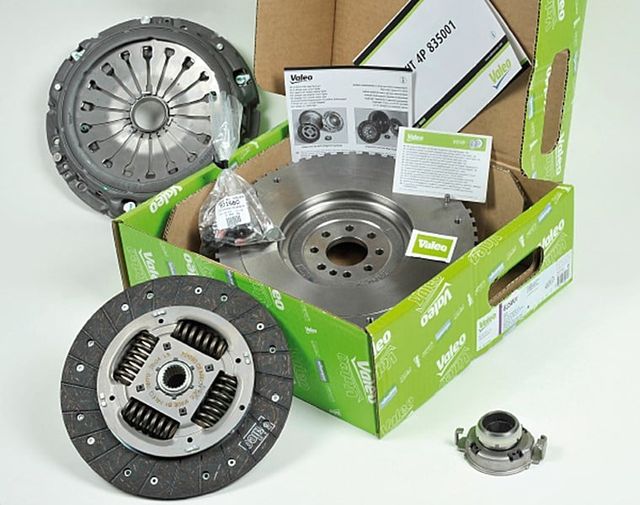originally posted in Hebrew on a PSA diagnostics Facebook group on 01/03/2021.
A few words from my experience with flywheel conversions,
Modern diesel vehicles have included a dual mass flywheel(DMF) for at least the last 20 years. This flywheel design is made up of a main mass that bolted to the crankshaft and a secondary mass that the clutch bolts to, both of which can rotate on a central bearing and what connects them is two very long springs that sit around the main mass (Arc springs).
The purpose of this mechanism is to dampen the vibrations that the modern diesel low displacement turbocharged engines produce, not going deeper into the scientific reasons for this phenomenon.
To read more (in English)
In any case .. this mechanism wears in several locations – the springs or the central bearing. A simple method exists to check the condition of the assembly and it is mandatory to do so if you intend to continue using it while replacing the clutch only.
- My recommendation, which aligns with most major service centres is to replace this flywheel along with a clutch replacement, since their lifespan varies greatly and depends on great many variables – driving style, mechanical condition, engine load, etc..
It is not a cheap affair but it will ensure no need to disturb the gearbox again until the end of the life of the new clutch. - Choosing a conversion kit for a single flywheel – there are several offers from companies like EXEDY, VALEO and more. What does this conversion do? It solves the matter of dealing with the dual flywheel, by installing a special flywheel and clutch assembly, featuring enlarged springs to absorb vibrations. Another benefit is the higher towing capacity of the vehicle (in Europe it is recommended for towing vehicles frequently).
It should be noted that these companies offer an extended warranty for the engine and gearbox, and a program of guaranteed result – promising no difference in NVH between the single mass solution they offer and the original DMF one, therefore if there are problems you can get a full refund / DMF flywheel kit to revert back to the original configuration.
I had a lot of experience with VALEO 4P kits, they are offered for most types of vehicles, for example for the Peugeot-Citroen-Ford-Mini DV6 1.6 turbo diesel engine.
In addition, I personally have 3 such vehicles and they are all converted in this way.
My personal experience using them:
First generation DV6 engines, 9HZ, 9HY, 9HX and the like 90 and 110 throttle, manual and robotic respond just fine to conversion (VALEO 835071 kit). There is no noticeable difference, and manual vehicles especially enjoy the conversion with a much more direct clutch pedal feel.
In terms of robotic gearbox, EGS / MCP ones, as a matter of course one must reprogram the ECU after the installation of a new clutch, the computer works well with the new flywheel. Vehicles not equipped with a damped engine pulley will benefit from changing to one.
Second generation DV6C engines, like the 9HP 9HR 112-115HP, respond less well to the conversion (VALEO 835179 kit), producing a noticeable vibration in the 1500-1700 RPM range, not to the point of a mechanical problem with the engine but not as pleasant to drive at slow speeds.
While on a manual gearbox, there is no problem dealing with it, just by changing gears/accelerating to a preferable RPM range. On a robotised gearbox its harder to avoid, as the gearbox ECU really likes to shift up at low RPMs (rightly so as these engines have full torque in this low gear). - In any case, when replacing a clutch, the clutch bearing must also be replaced, there is a difference between a manual gearbox and a robotic gearbox (these include an electronic position sensor)
Good luck and a pleasant, safe and trouble-free ownership of your Citroen / Peugeot!
